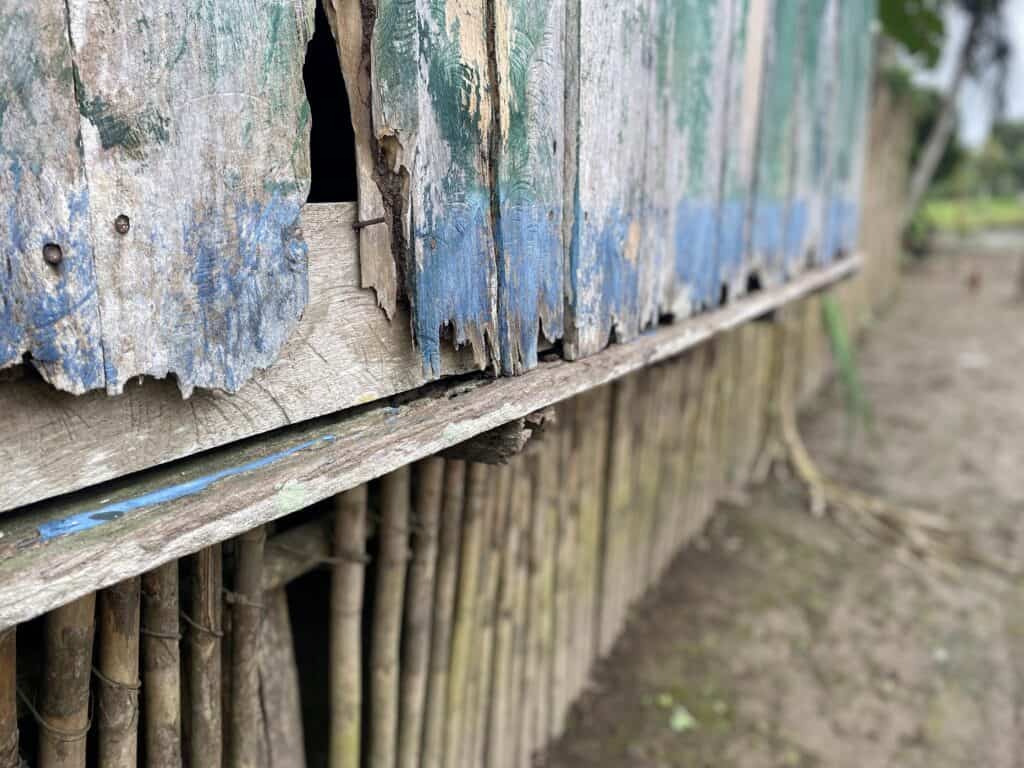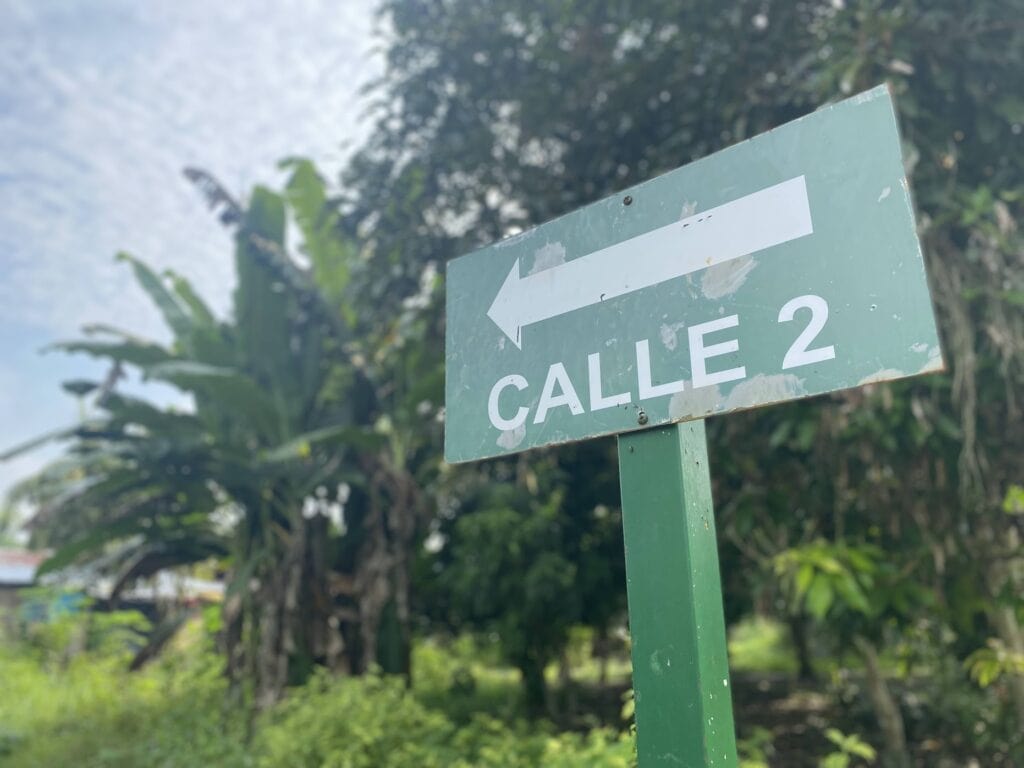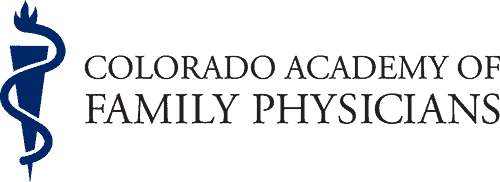Family Medicine Resident Recounts Challenges of Providing Care in Rural Peru
By Hanna Mackie, DO, Peak Vista Family Medicine Residency
Recipient of a CAFP Foundation Scholarship
I recently had the honor of joining a medical outreach experience in Peru. The first few weeks consisted of language immersion courses and community health fairs in Trujillo. I then boarded a ship that provides medical outreach to communities along the Amazon River. It was challenging — I encountered rural villages with limited medical access, exacerbated by the prevalence of advanced diseases, in the setting of unfortunately limited resources and scarce solutions for change — but the experience taught me that the time and effort devoted to change and individualized care can bring tangible improvements in healthcare for those who need it the most.

During my undergraduate years, I had the opportunity to travel to Nicaragua as part of my medical Spanish class. It was there I first encountered these limited resources. One scorching day, I sat in the attending’s office awaiting the next patient. The line was long, and the time with each patient was brief. The next patient presented with a chief complaint of ‘a breast concern’. I anticipated a routine breast exam with a concerning mass. However, the reality was far graver- a fulminating cancer. With the little Spanish I understood, I observed as the physician gave her the unfortunate news of high mortality rates associated with breast cancer and limited resources.

Years later and now with a DO behind my name, I seized the opportunity to go to Peru. The medical outreach ship sails only part of the year because many villages are accessible only during the rainy season, when the river is highest. Departing for 20-day stretches, the boat aims to visit various villages and see the same patients every 3 to 4 months. However, I learned the reality was many people had not seen the boat for years. The operation is overseen by a Peruvian physician with staff including a pharmacist, nurse, dental tech, and the ship’s crew, who navigate the ever-changing body of water. Additionally, there are both local and international volunteers. The presence of a midwife is uncertain with each trip, and without one there is no contraception available for patients. The dental team provided comprehensive care, while the local physician also performed tooth extractions to assist with high demand.
My time was spent traveling to the villages, exploring, and meeting with patients. Visits encompassed many well child checks, screening for iron deficiency, and giving vitamins and paracetamol for the common ‘gripe’ and musculoskeletal complaints. Intermittent diarrhea was common, stemming from drinking water often obtained from the river with a cocktail of parasites and amoebas. Every patient, except for pregnant women, received a treatment dose of anti-parasitic medication.
One memorable encounter was with a young man exhibiting a slight facial droop, speech impediment, and a right upper extremity deficit. He started having seizures when he was four and had been enduring roughly three seizures a month. While his precise history was unclear, I guessed some degree of neurological divergence predisposing him to seizures with limited access to care exacerbating his condition. The ship’s formulary came with a strict two-month supply rule so we would not run out of medication before the trip ended. This patient hadn’t seen a doctor in over a year. Regrettably, all I was able to offer was a small dose of carbamazepine. I thought a lot about the potential harm each seizure could inflict, the risk of drowning while bathing in the river for example, and the life this young man could live if he had consistent access to medication.

Another patient presented as frail with a rapid heart rate apparent from across the room due to a sizable goiter with protruding jugular veins. With signs pointing to hyperthyroid disease, she required a 3-4 hour journey upriver to get a complete work up, medication, and treatment. Patients were eager to pursue further medical attention, yet were often constrained by financial limitations. I spoke with colleagues who accompanied the medical boat in the past and they recounted instances where advanced care was recommended, but unfortunately out of reach: a family whose child needed surgery made one trip but could not afford to go back after the consultation; a man with a hernia traveled by boat to the larger city of Iquitos and the doctor was not available until the next day, forcing him to return home untreated.
Despite government funding for many of these operations, financial constraints remain a significant hurdle for the program as well. The cost of fuel alone imposed limitations on the distance we could travel upriver. Volunteer fees make the trips possible, covering expenses for medications and staff, but I was left wondering how we can effect change within such constraints? How do we address health disparities on a global scale?


Though I may not possess all the answers, these experiences compel deep introspection. They underscore the importance for providers to step beyond comfort zones to gain insight into the realities of underserved communities. In my residency program at a community health center in a first-world country, I am confronted daily by resource limitations. My ultimate goal is to amass experiences that will not only enhance my growth as a physician but also as an individual. These experiences not only ground us but also ignite a passion for systemic change, reminding us of our duty to advocate for equitable healthcare access worldwide.

